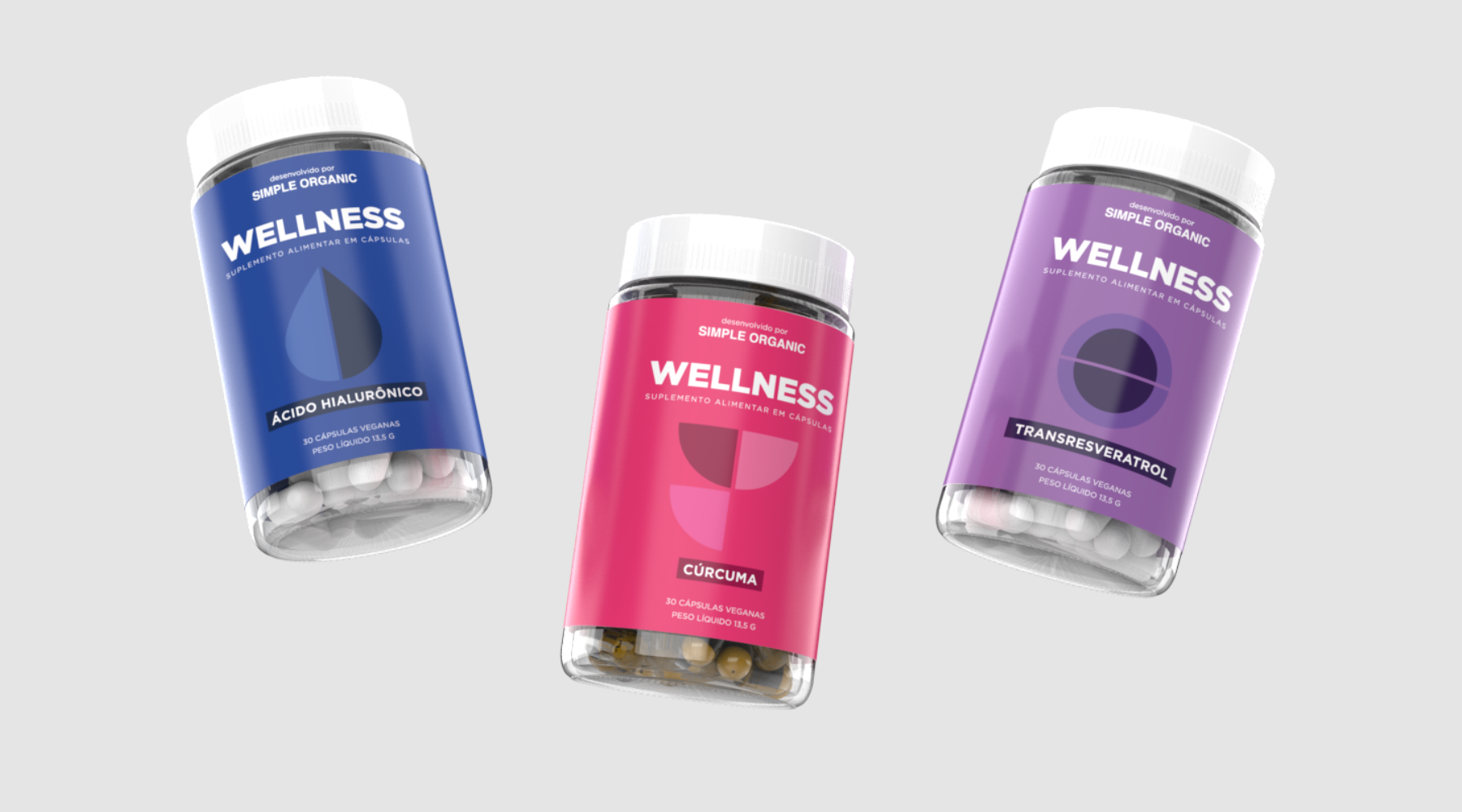Is Glass Recyclable?
Is Glass Recyclable?
From your house’s windows to your favorite high-performance natural and organic serums, glass is a material present in almost every industry sector. As aesthetically pleasing as extremely multifunctional, glass packaging is also a favorite when developing self-care products. Today we will show you more about one of the oldest materials in world history!
THE HISTORY OF GLASS
Glass is produced from abundant raw materials such as sand, limestone, sodium carbonate, and aluminum oxide. It’s believed to be one the oldest materials used by mankind, with its first records dating back to 2500 BC in Mesopotamia. It was later developed in Egypt and the Near East, in modern-day Iraq, around 1500 BC.
However, the glassblowing technique is believed to have originated in the Babylon region in the 1st century BC. Interestingly, the same process is utilized to this day but in a more developed way to optimize large-scale production.
ONE OF THE WORLD’S MOST RECYCLABLE MATERIALS
 According to the Brazilian Glass Industries Association (ABIVIDRO, 2015), with one kilo of recycled glass, one can make another kilo of new glass. This means that glass is 100% recyclable and can be 100% repurposed, leading to an almost endless reverse cycle.
According to the Brazilian Glass Industries Association (ABIVIDRO, 2015), with one kilo of recycled glass, one can make another kilo of new glass. This means that glass is 100% recyclable and can be 100% repurposed, leading to an almost endless reverse cycle.
Additionally, for each 100 tons of packaging glass in circulation, 50 are in returnable packaging, proving that the material directly contributes to the reduction of waste disposal in the environment.
As previously mentioned, glass is produced with natural raw materials like sand, limestone, and sodium carbonate, which can be replaced by glass shards, promoting increased life cycles of landfill sites and reducing the consumption of ores.
Each 10% of recycled shards leads to a 2,9% reduction of energy consumption and 5% decrease of CO2 emission during the production process.
CAUTION
Glass packaging requires a little more attention. It’s advised to store in a safe place, where you wouldn’t easily bump into it, running the risk of breaking it.
HOW TO HANDLE BROKEN GLASS?
If you were unlucky - or a little clumsy - and the glass is already broken, use a brush and dustpan to place the fragments into a thick cardboard box or a PET bottle cut in half, then seal and identify the container. Those are important steps to protect the people who touch or collect garbage in your area.
GLASS PACKAGING
Glass packaging is extremely versatile, used extensively in various sectors, from food and drinks to cosmetics and medication.
Its popularity goes even beyond that: it also offers safety to consumers, since it’s hygienic, doesn’t interfere in the product’s flavor, quality, or properties, and, again, it’s 100% recyclable.
SIMPLE WELLNESS - VEGAN DIETARY SUPPLEMENTATION IN GLASS PACKAGING
 Our new dietary supplements from the Simple Wellness line - already available in Brazil and soon to arrive in the U.S. - come in 100% recyclable glass containers.
Our new dietary supplements from the Simple Wellness line - already available in Brazil and soon to arrive in the U.S. - come in 100% recyclable glass containers.
When you run out of your Turmeric, Hyaluronic Acid, or Trans-resveratrol supplement, you can repurpose its packaging, using it to keep something else inside, or take them to the nearest recycling location.
CONCLUSION
Glass packaging is a great option to reduce waste disposal in the environment. Our new Simple Wellness dietary supplementation line comprises three innovative and clean formulas with sustainability in every stage of the production chain, from the development of capsules to the glass containers they come in. Just like with our glass-encased Serums and Oils, we're embracing sustainability through and through.
